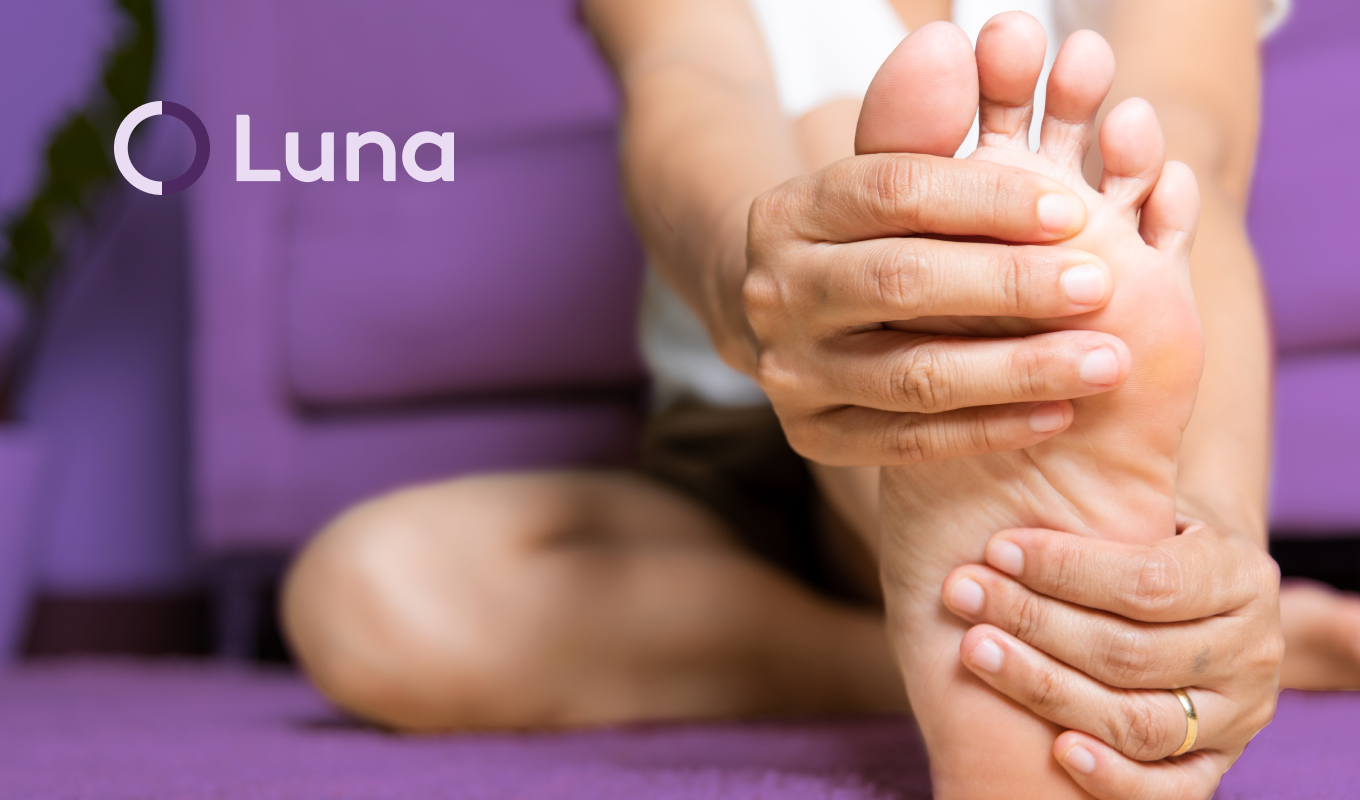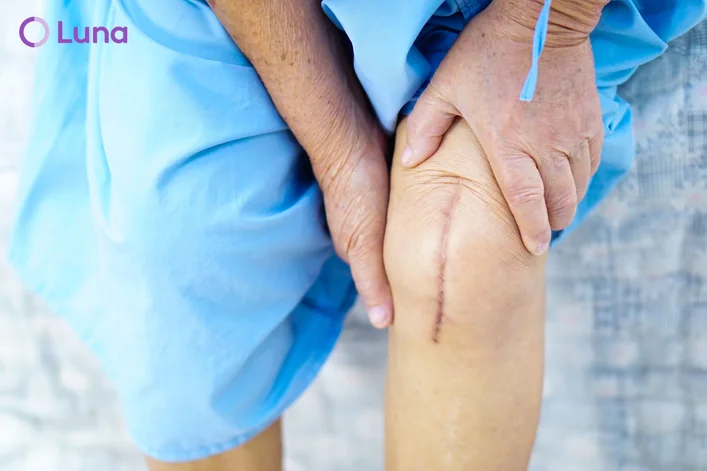![Separator]()
What is plantar fasciitis?
The leading cause of heel pain, plantar fasciitis affects two million people every year. The condition occurs when the plantar fascia (the thick, weblike band of tissue that connects your toes and heel bone) becomes inflamed.The plantar fascia is designed to absorb stress and protect our feet; however, excessive wear can damage or tear the tissue.
Patients suffering from plantar fasciitis often feel pain near the heel of the foot, particularly after long periods of standing or sitting. Pain tends to decrease throughout the day with normal activity.
Plantar fasciitis is especially common in runners, women, overweight individuals, and those who wear shoes with poor support. Individuals whose occupations require lots of walking or standing and those with “flat feet” or unusually high arches are at increased risk of developing plantar fasciitis.
Source:
OrthoInfo



















